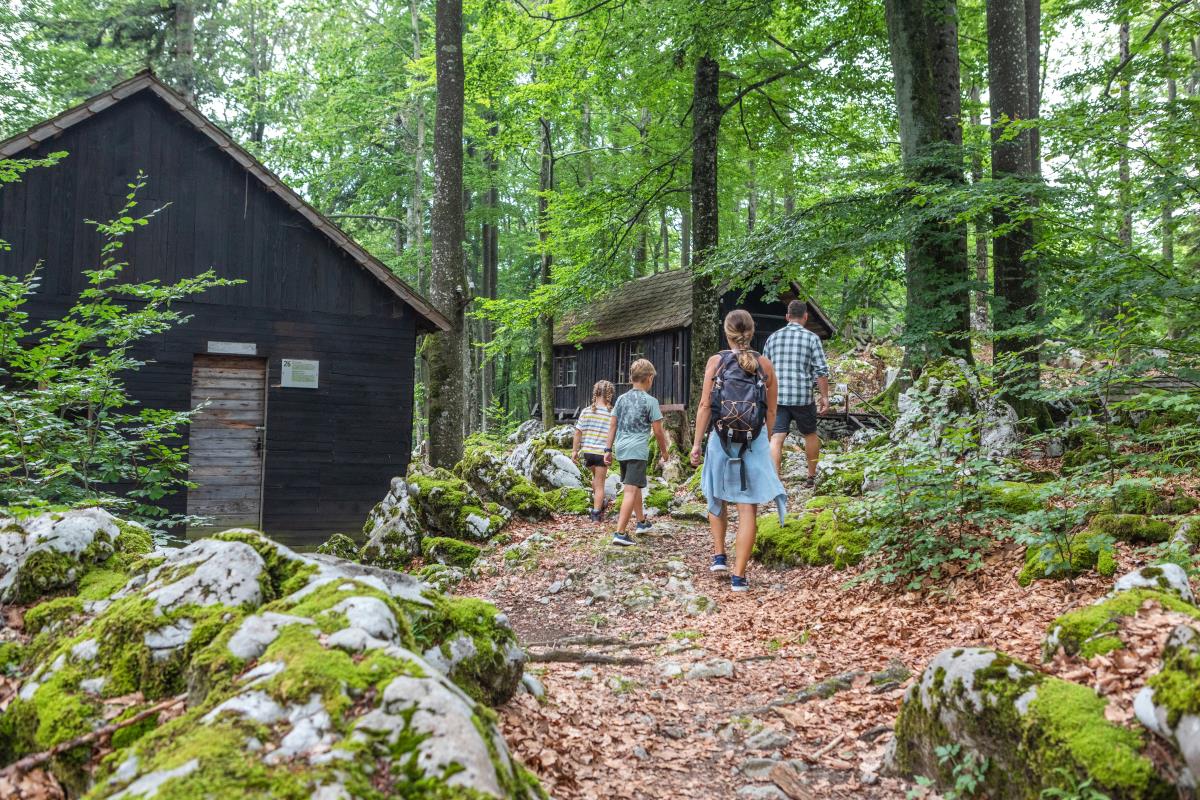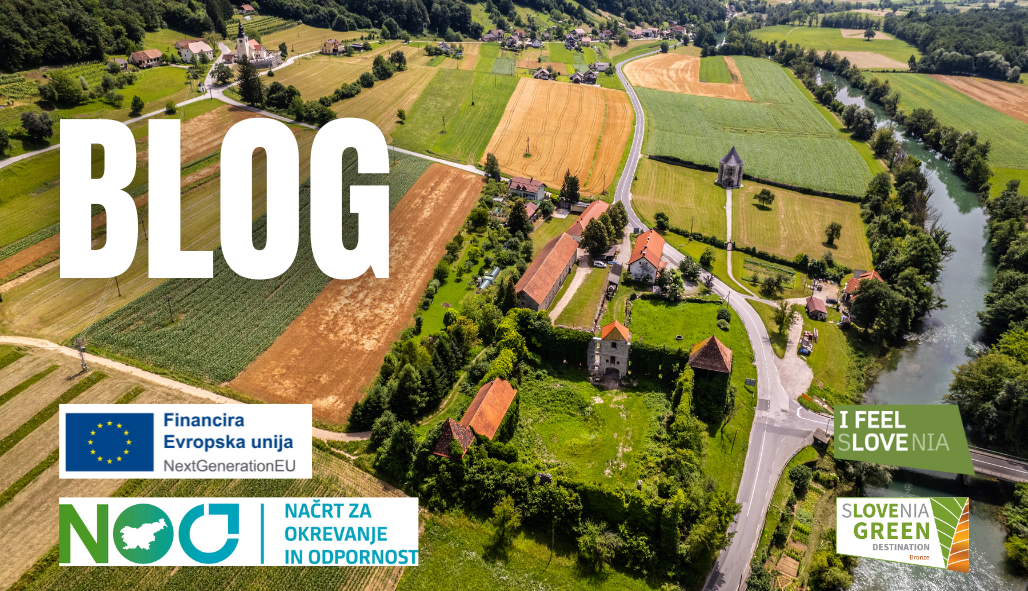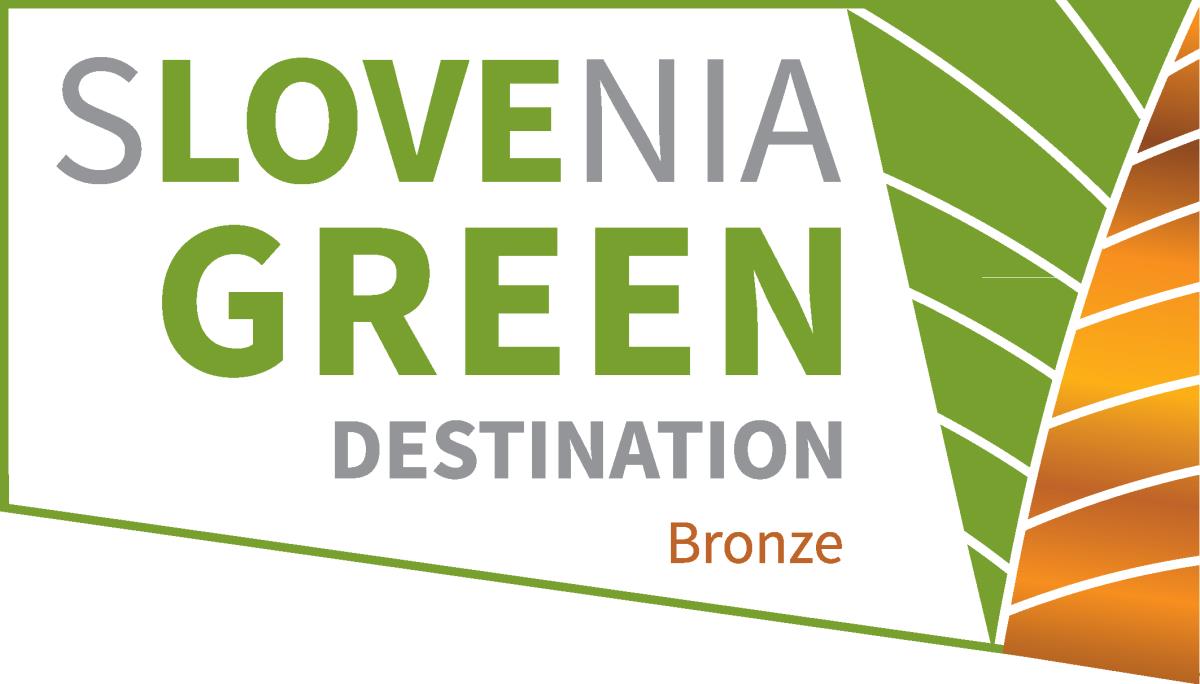KOČEVSKI ROG: A WEALTH OF NATURAL AND CULTURAL HERITAGE
Jame, Gore in hribi, Reke in izviri, Učne poti, Pohodne poti, Kolesarske poti, Kulturna dediščina, Naravne znamenitosti, Spomeniki, Planinske postojanke, Zgodovinska dediščina, Šport
Baza 20, 8350 Dolenjske Toplice
Kočevski rog, Kočevje rog or simply Rog is a karstified plateau in Kočevje Highlands above Črmošnjice Valley in southeastern Slovenia. The plateau is part of traditional Lower Carniola region and of Dinaric Alps. The highest area is the central part, with the 1099-metre-high peak of Veliki Rog. The plateau is densely forested.
Kočevski rog is known for diversity of its wildlife, namely bear, wolf and lynx, which all need plenty of space to move around and hunt their pray, such as deer and other smaller mammals, which are also plentiful in this area. Another major group of animal species are birds, like the owl, woodpecker and forest hen. Here you can find many beetle and bat species as well. Due to its high biodiversity the area has been protected as a nature and wildlife reserve and is part of Natura 2000 network of nature protection areas.
The area of Kočevje was settled in the late 14th century by Carinthian Counts of Ortengurb initially with colonists from Ortenburg estates in Carinthia and Tyrol, and by other settlers who came from Austrian and German dioceses. The settlers cleared the vacant and heavily forested land, and established towns and rural villages. The area of Carniola that was to become the so called Gottschee had been a strategic part of the Holy Roman Empire since the year 800. The Gottschee ethnic and linguistic area consisted of more than 180 villages organized into 31 townships and parishes. With the end of the Habsburg monarchy, Gottschee became a part of the new Kingdom of Yugoslavia.
During World War II these dense forests became an ideal hiding spot for the resistance and national liberation movements. Following an Italian offensive in the summer of 1942, the leaders fled to forested hills above Polhov Gradec, where they decided that Rog would be the location of partisan hospitals, workshops, schools, printing houses and stores. The leadership returned to Rog on April 17th 1943, setting up a major facility with associated barracks called Baza 20 (Base 20), which is the only resistance base in Europe that was never discovered during the war and is still preserved today as a major tourist attraction in the form of an open-air museum.
During and in the immediate aftermath of World War II the various pits and chasms of Kočevski rog became the place, where Yugoslav forces summarily executed thousands of its real or perceived war enemies. Chapels and crosses at the places of execution remind us of the post-war period. The two largest execution grounds in Kočevski rog are Jama pod Krenom and Macesnova gorica. After the executions, the caves were closed by blasting, thus changing the appearance of the landscape.
Today, Kočevski rog is a very popular hiking and cycling spot. The visitors can choose among many different hinking and cycling trails, which are represented on a tourist map they can receive free of charge in the Tourist Information Centre of Dolenjske Toplice.
We politely ask all visitors to stick to marked and maintained trails and adhere to Kočevski rog visitors' etiquette you'll find in the gallery below.
Cenik
Dokumenti, priloge
Klikni tukaj za prikaz prilog







